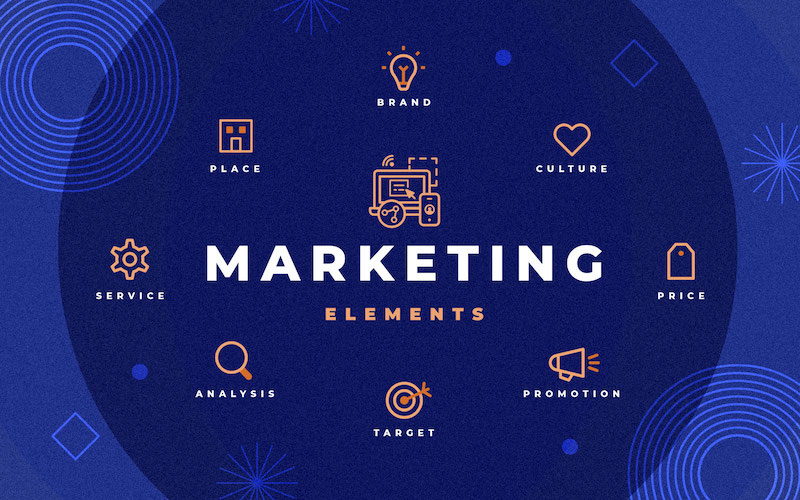
01 Aug 2022
Branding and marketing are two strategic tools used by companies to grow and differentiate their business. Where one defines the personality of a business, the other introduces this personality to potential customers. In other words, branding is the nail that pierces through the competition of an industry, while marketing is the hammer that drives the nail to the desired audience.
Keep reading to learn more about the differences between branding and marketing. After defining each term in more detail, you’ll learn how both tools can be used harmoniously to increase the reach of a particular business. By the end of this article, you’ll know what separates effective branding from powerful marketing. Better yet, you’ll be able to start constructing a strategic growth plan that utilizes both tools to elevate your business.

Branding is your company’s identity. A strong brand will highlight the personality and values of your business. By building a strong brand you can differentiate your business from other competitors in your field.
Like any ideology, branding is chocked full of technical jargon and phrases. The following are the most common terms and phrases marketers use in conversations about branding:

Marketing is how your company presents its identity to attract an audience. A powerful marketing plan will share your brand’s personality with like-minded customers who are in the market for the goods or services your business offers or produces.
In today’s digital world, there are many marketing methods companies can pursue to develop strategic growth.
Like branding, marketing has its own terms and phrases. In order to capitalize on the marketing channels previously mentioned, businesses also need to familiarize themselves with their target audience and develop personas to define this target audience .
Branding. Together, branding and marketing form a powerful duo. However, a business can’t develop a complete marketing strategy without absolute understanding of its brand.
It can be tempting to start marketing your company soon after its inception.
Now that you have learned more about the differences between branding and marketing, you’re ready to get started putting together your own growth plan that utilizes both tools.
*** Store Space Self Storage ***
Store Space Self Storage is a self-storage operator and third-party management company. The Company fuels growth and value with its experience-driven operations, state-of-the-art proprietary platforms, and strategic digital marketing programs.